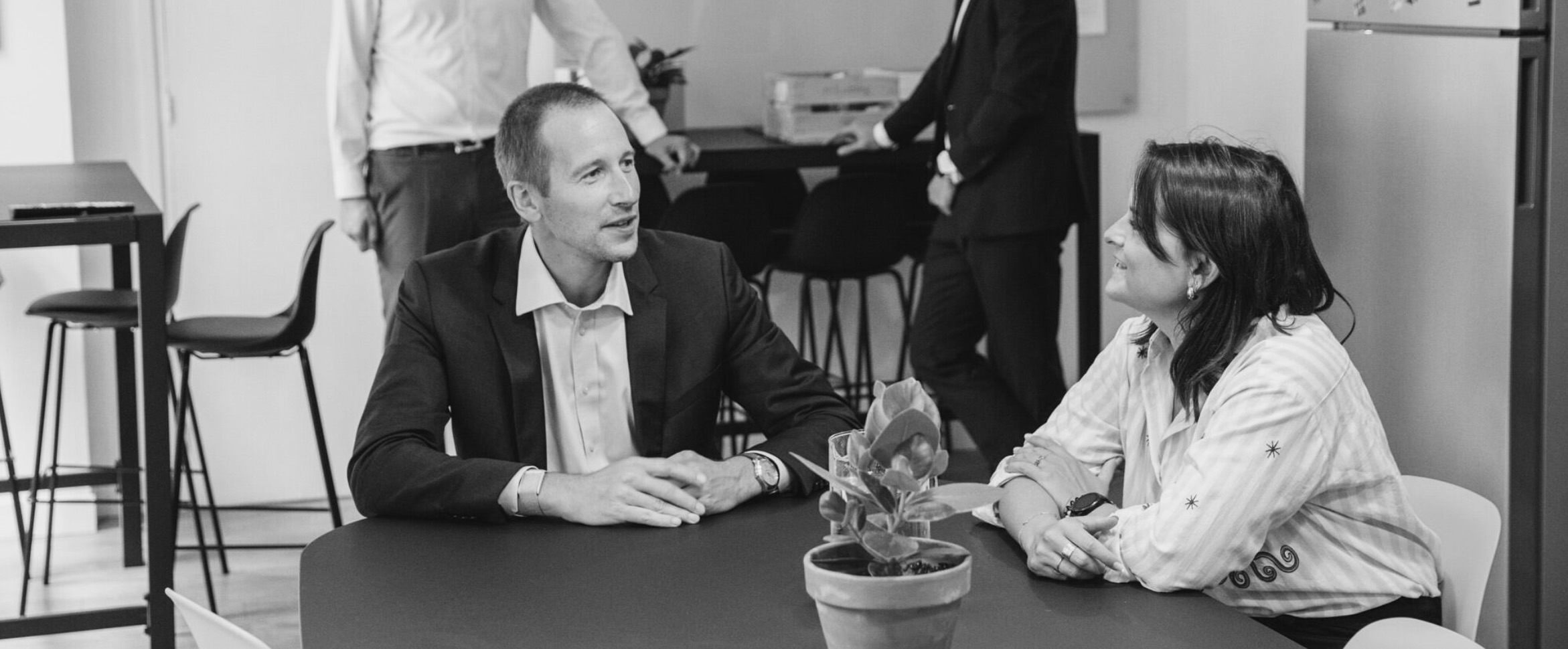Sobriety characterizes the behavior of someone who is moderate, marked by restraint and moderation. These qualities have never been easy to maintain, as evidenced by Epicurus and his thoughts on frugal desire, dating back millennia. Today’s era of abundance and the profusion of daily stimuli make it even more challenging.
A sober approach can be applied to various aspects of our lives, and digital technology, which has been at the heart of our operations and habits for decades, is no exception.
What is digital sobriety?
Digital sobriety is an approach aimed at adapting one’s consumption and use of digital technology to reduce its environmental impact. This impact is significant, as the sector represents nearly 4% of global greenhouse gas emissions, according to a study by Green IT.
At the same time, digital technology offers unprecedented opportunities for innovation, and it would be detrimental for many sectors to forgo these opportunities. Fortunately, sobriety does not mean deprivation. The essence of digital sobriety is to adapt usage to real needs. To achieve this, taking a step back and questioning your current practices will help define your actual needs.
Using digital tools (such as devices like PCs, tablets, etc., or services like cloud computing, generative AI, blockchain, etc.) is not a problem in itself, as long as the need is real and justified for the end users.
To achieve this, the levers of action will mainly focus on the consumption of digital goods and services:
Goods:
- Choosing a powerful computer with a large screen will likely be more relevant for a graphic designer than for a general practitioner.
- Among the available options of powerful computers with large screens, selecting a refurbished PC with lower energy consumption and a higher repairability score will be preferable in a digital sobriety approach.
Services:
- If access to a cloud storage service is needed, choosing a provider that powers its data centers with renewable energy contributes to digital sobriety. Similarly, opting for a provider that reduces its energy consumption by cooling its data centers using the low temperatures of certain cold regions is a positive step.
But also on the usage of goods and services:
- The carbon footprint of a PC with a lifespan extended to six years will be 50% lower than that of a PC with a lifespan limited to three years.
- Watching a video in ultra-high definition may not be necessary if the value of the video lies mainly in its audio. If it lies exclusively in the audio, then a podcast format would be entirely suitable. Note that watching a movie in ultra-high definition (4K) consumes more than ten times the data compared to standard quality (480p).
Why adopt digital sobriety in your company?
- Regulatory compliance and efficiency: As the French and European regulatory framework aiming to reduce the environmental and social impact of digital technology tightens, being proactive in a digital sobriety approach helps companies anticipate future constraints, avoiding costly and marginal adjustments in the medium or long term.
- Reducing the ecological footprint: Adopting a digital sobriety approach simply limits the various negative impacts, which are not limited to the carbon footprint.
- Depletion of raw materials and fossil fuels: water, metals, rare earth elements, etc.
- Local consequences related to the extraction, production, or end of life of devices: pollutant discharges into soils and waters, human exploitation, etc.
- Competitiveness and efficiency: By adopting a sober and efficient approach, companies can improve their operational and financial performance. Digital sobriety indeed encourages innovation and the search for solutions that are less resource-intensive—doing more with less.
- Enhancing brand image: Taking into account the social and environmental impacts of digital activity is part of a corporate social responsibility (CSR) approach. This allows companies to meet the expectations of stakeholders (customers, employees, partners, etc.) who are increasingly sensitive to sustainable development issues.
How to maintain sobriety in your company?
Maintaining a digital sobriety approach in a company requires a clear strategy and engagement at all levels of hierarchy—not just from the IT department, although it often plays a key role. Let’s explore some practices that promote digital sobriety in your company:
- Extend the lifespan of your digital devices! Do you face a real need to change devices? Then consider reuse; reconditioning if the device is functional; and repair if it is not. In fact, nearly 80% of the carbon footprint of digital devices occurs during the manufacturing stage.
- Raise awareness and provide training: The remaining 20% of the carbon footprint of digital devices lies in how they are used—a stage of the life cycle that involves all employees. Therefore, to ensure they fully support or participate in digital sobriety within the company, awareness-raising and training are necessary levers. This can help you:
- Gamify the approach, for example, by organizing challenges.
- Share best practices (limit video usage and reduce playback quality when possible; only use a work phone if needed, maximize device lifespan; regularly clean unnecessary data, etc.).
- Participate in awareness workshops like “La Fresque du Numérique.”
- Integrate sobriety into the company’s strategy:
- For example, in the type of digital tools and equipment chosen at the company level: reducing the number of physical machines by virtualizing servers, implementing intelligent energy management systems, etc.
- Or in the choice of suppliers of these tools and equipment, as mentioned at the beginning of this article.
And remember, “What gets measured gets improved.” So, wanting to improve is an excellent start, but it’s important to know what to improve in your specific organization. To do this, conducting an audit of your digital equipment, its usage, and the practices that structure them will allow you to know:
- Where you are starting from.
- Where you want to go.
- Identify tracking indicators that will help you along the way.
Talisker is here to help!
Talisker has designed the Positive Impact Label. This tool allows you to assess the level of your IT department on Green-IT, and more! We believe that the quality of relationships within the organization and with its ecosystem determines the success of the company. This is why Positive Impact focuses on five areas: Clients, Partners, Green IT, Employees, and Governance. Want to know more about the Positive Impact Label or start the certification process? Click here!





